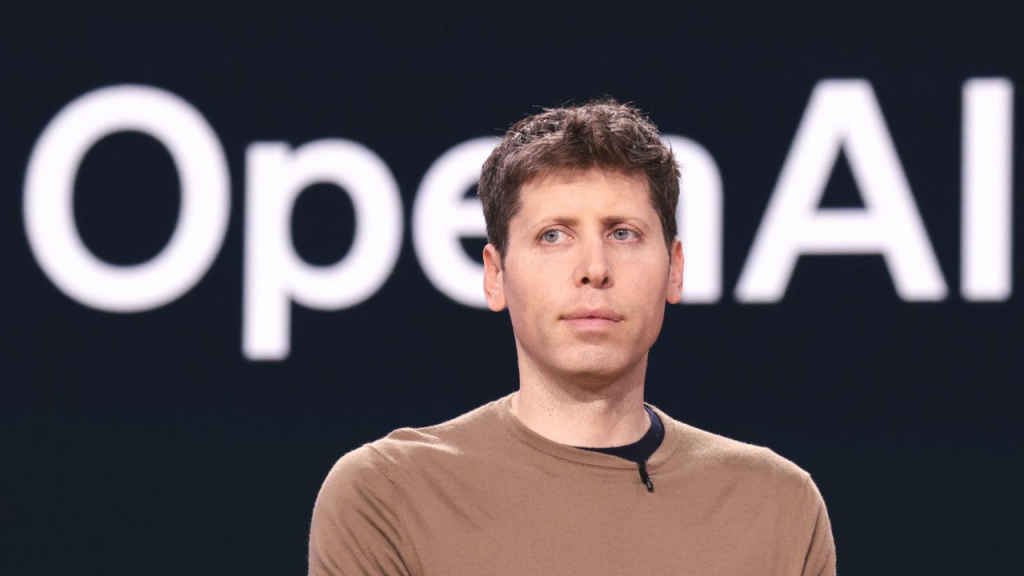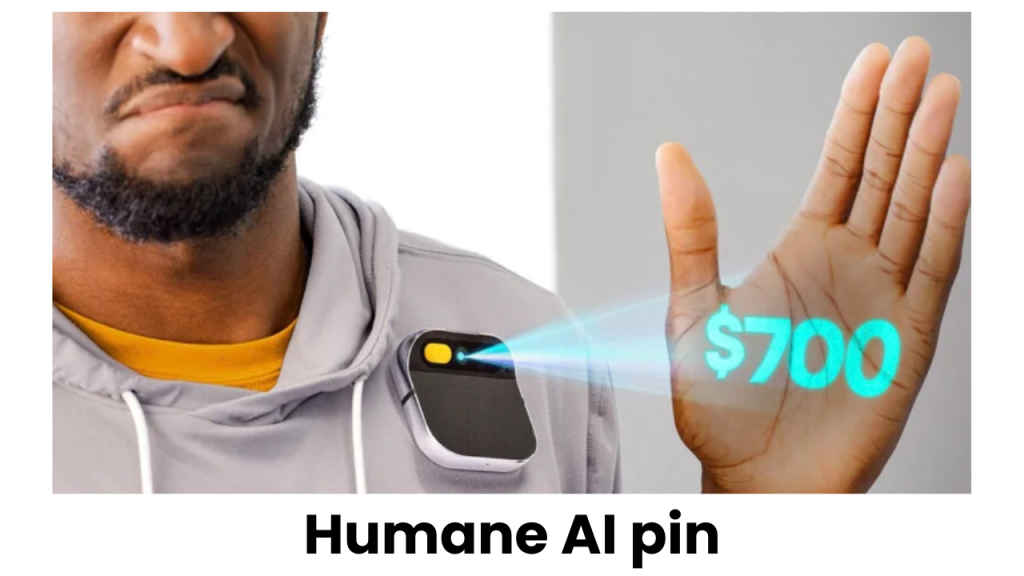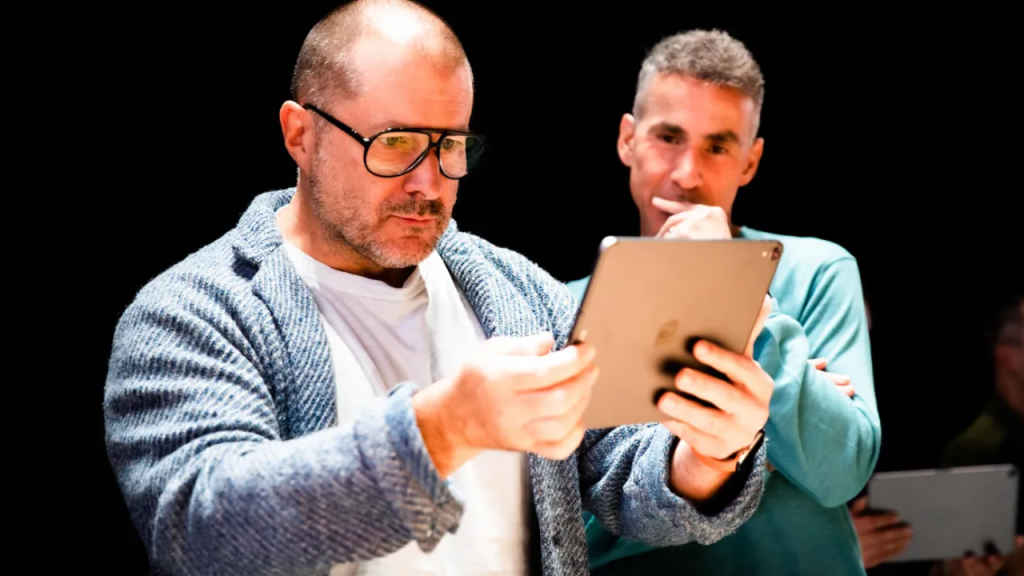Sam Altman and Jony Ive are cooking the future of AI gadgets: What does this mean?

From the beige boxes of the late ’90s to the scintillating aluminium and glass of today, I’ve seen our devices evolve from mere tools to extensions of ourselves. We’ve gone from lugging around chunky desktop towers to slipping elegant slabs of silicon into our back pockets. Yet, for all that progress, the fundamental shape of personal computing has remained all too familiar – with screens, keyboards, touch surfaces, and cameras.
 Survey
SurveyNow, in a move that feels both audacious and inevitable, OpenAI has announced it will acquire Jony Ive’s AI device startup, io, in a $6.5 billion all-equity transaction – ushering in what Sam Altman calls “the coolest piece of technology the world will have ever seen,” and what Ive describes in equal measure as “an extraordinary moment” in computing. When the poster boy of GenAI meets the most iconic industrial designer of the digital age, it’s difficult to not get excited. So what are these two people cooking?
Sam & Jony introduce io pic.twitter.com/ej5K59kJq3
— OpenAI (@OpenAI) May 21, 2025
A New (AI) Chapter in Personal Computing
Whether it was my very first clunky Pentium II PC in 1998, Apple’s brushed-metal MacBooks of the mid-2000s, or everything that followed since Steve Jobs introduced the iPhone, the device that “redefined what a phone could be.” All of these hardware revolutions followed familiar paradigms of screens of glass with clickable mechanisms and a continued reliance on graphical user interfaces.
Also read: OpenAI to acquire iPhone designer Jony Ive’s startup to make next gen AI device
But over the last two years, Generative AI – ChatGPT, Gemini, Copilot, Midjourney, etc – has rewritten the script of software. Where software capabilities have exploded manifold in the last 2-3 years, hardware has languished poorly behind, unable to catch up and bound to interfaces designed long before neural networks could paint like Picasso or draft legal contracts in seconds.

This is precisely the point that Sam Altman made while unveiling OpenAI’s io acquisition. “The products that we’re using to deliver and connect us to unimaginable technology… are decades old,” he observed, suggesting that it’s “common sense to… think surely there’s something beyond these legacy products we have.” By joining forces with Jony Ive, OpenAI isn’t merely chasing fleeting gadget trends. It wants to stake a claim on the physical manifestation of AI in our lives going forward – the evolution from a cursor on a screen to devices that see, hear, interpret, and anticipate our intentions.
And what can one say about Jony Ive? The man who needs no introduction, at least to a gadgetophile. As the architect of devices that have become cultural relics in their own right – the iMac, the iPod, the iPhone – his touch defines modern gadgetry. Yet Ive himself has been searching for the next frontier, since leaving Apple in 2019 (and ceasing to have any influence over Apple product designs since 2022).
Also read: Which ChatGPT model to use when: Simple explainer on GPT-4o, GPT-o3 and GPT-4.5
“This is an extraordinary moment,” Ive says, “Computers are now seeing, thinking, and understanding. Despite this unprecedented capability, our experience remains shaped by traditional products and interfaces.” io was Ive’s answer to solve this conundrum, a brand dedicated to “physical AI embodiments,” devices that would bridge the disembodied power of large language models with the immediacy of hands-on hardware.
LoveFrom, Ive’s design collective, will remain independent in the deal, yet deeply intertwined with OpenAI, taking a stake in the company and leading the design vision of future AI hardware. It’s a partnership that makes sense: OpenAI’s software acumen fused with Ive’s laser-focused design ethos. As Altman enthused, “Jony called one day and said this is the best work our team has ever done. I mean, Jony did the iPhone… It’s hard to beat those things.”
Cautious Optimism on Tomorrow’s Devices
The io acquisition hints at devices that might blur the boundary between software and hardware, perhaps through voice, gesture, or even neural interfaces. Imagine a pair of ear-worn assistants that overlay AI whispers on the world around you, or a bedside orb that dims the lights and reads you a bedtime story in your own voice.
Altman and Ive have already teased prototypes, though details remain under wraps. “Jony recently gave me one of the prototypes… I’ve been able to live with it, and I think it is the coolest piece of technology the world will have ever seen,” Altman gushed. That’s high praise indeed, especially from someone who’s built ChatGPT into a household name. But as with every major shift – think the move from command-line interfaces to GUIs, or from desktops to smartphones – the proof will be in everyday use.

It’s also worth remembering that such lofty ambitions can easily be tripped up. Take, for instance, the Humane AI Pin. Unveiled in 2018 as a wearable, voice-activated AI assistant meant to supplant smartphones, it promised to be our pocket philosopher and digital concierge. Yet when it finally shipped in 2024, it stumbled with negative reviews complaining of clunky hardware, underwhelming battery life, limited AI capabilities, and a price tag that outstripped its value. Critics panned it, and it became a cautionary tale of half-baked innovation detached from genuine user needs.
Also read: Elon Musk vs Sam Altman: AI breakup that refuses to end
OpenAI and LoveFrom will need to heed that lesson. It’s not enough to graft a powerful AI chip onto a novel form factor, the device must feel as natural as flipping open a book or tying your shoelaces. It must solve real problems, anticipate real moments of friction, and vanish into the background when its work is done.
Altman’s confidence – “I am absolutely certain that we are literally on the brink of a new generation of technology that can make us our better selves” – is infectious. But we’ve seen that the path from prototype to pocket is fraught with obstructions: battery constraints, thermal limits, supply chains, and the simple fact that humans can be fickle about new form factors.
A Turning Point in AI-powered Gadgets?
What resonates in this announcement is not just the size of the deal – $6.5 billion all in stock – but the long-term vision behind it. OpenAI isn’t pursuing a quick hardware pivot, but this is a decade-long play to reimagine how we interact with the world’s fastest-growing class of software.

Ive, who says “I have a growing sense that everything I have learned over the last 30 years has led me to this moment,” brings an almost philosophical commitment to experience design. LoveFrom’s independence ensures that the creative process won’t be shackled by quarter-to-quarter metrics.
Today, we’re drowning in notifications, trapped in screens, and conditioned to tap, scroll, and swipe. The promise of “physical AI embodiments” is to liberate us from that treadmill – letting technology recede into the background so we can engage more fully with our surroundings.
But for that promise to be realized, hardware must feel intuitive, natural, and even delightful. It has to surprise us in small, meaningful ways. Like a gentle vibration to signal an emotion, a light pattern that soothes rather than distracts, a form factor that invites touch instead of demanding it.
Also read: ChatGPT 4o’s personality crisis: Sam Altman on when AI tries to please
In my years of covering tech, if I’ve learned something it’s this: It’s not just enough for great software alone to drive hardware adoption, but great design is the true glue that binds utility of software and services with the delight of its overall usefulness. The OpenAI–io deal and Sam Altman-Jony Ive partnership stakes a bet on that alchemy, uniting software’s boundless creativity with design’s human-centric rigour.
Will it be the flash in the pan of the Humane AI Pin, or the enduring revolution of the iPhone? Time will tell. But one thing feels abundantly clear already. If there’s any partnership that can deliver on the promise of hardware that truly extends AI into our daily lives – without the guileless hype, without the gimmicks – it’s this one. For the first time in years, I’m genuinely excited to see what emerges from the lab bench into our hands.
Because at the end of the day, the devices that matter most aren’t the ones with the flashiest specs but the ones that become part of our habits, habits that shape our days and, ultimately, our lives. Here’s hoping Altman and Ive have not just designed technology – but have reimagined what it means to use it.
Also read: AI Factories to Agentic Web: NVIDIA and Microsoft’s vision for Future of AI
Jayesh Shinde
Executive Editor at Digit. Technology journalist since Jan 2008, with stints at Indiatimes.com and PCWorld.in. Enthusiastic dad, reluctant traveler, weekend gamer, LOTR nerd, pseudo bon vivant. View Full Profile